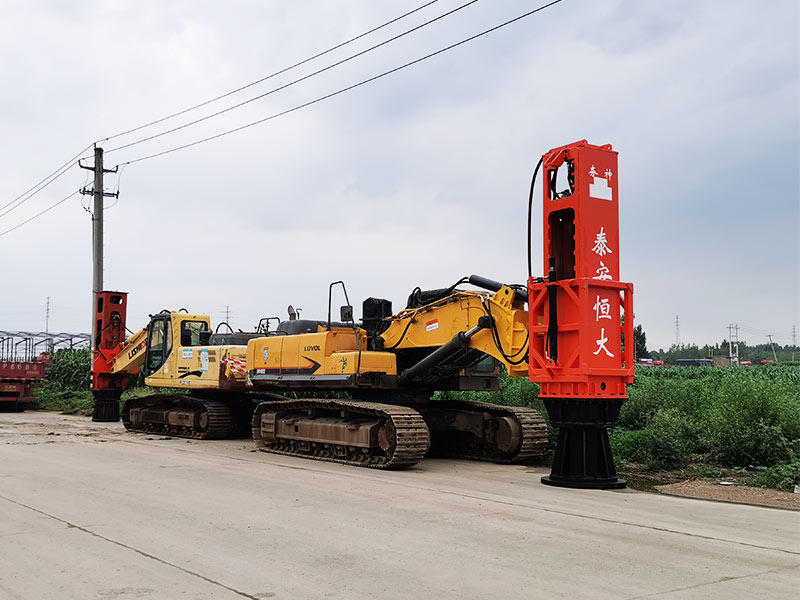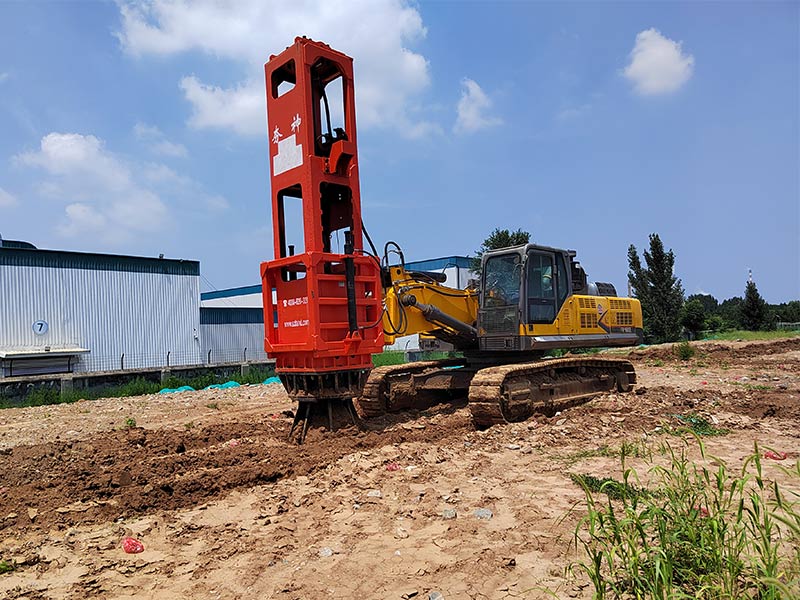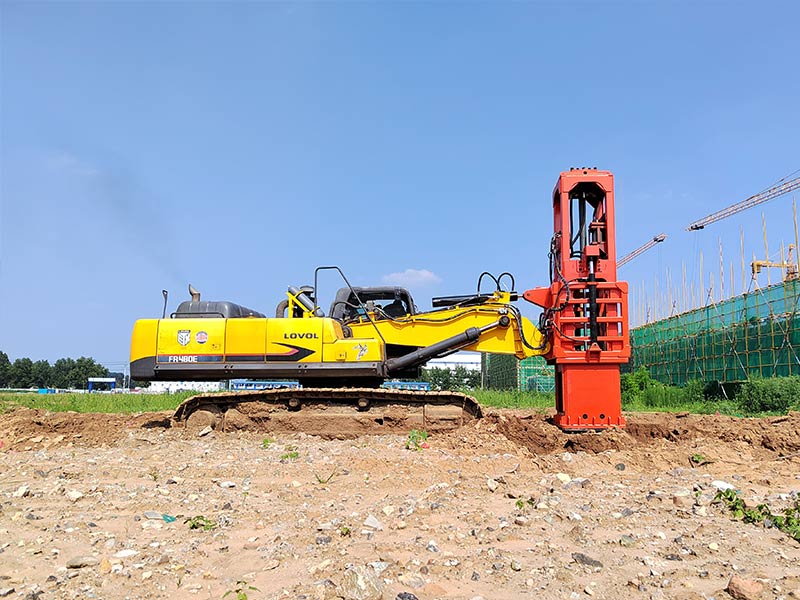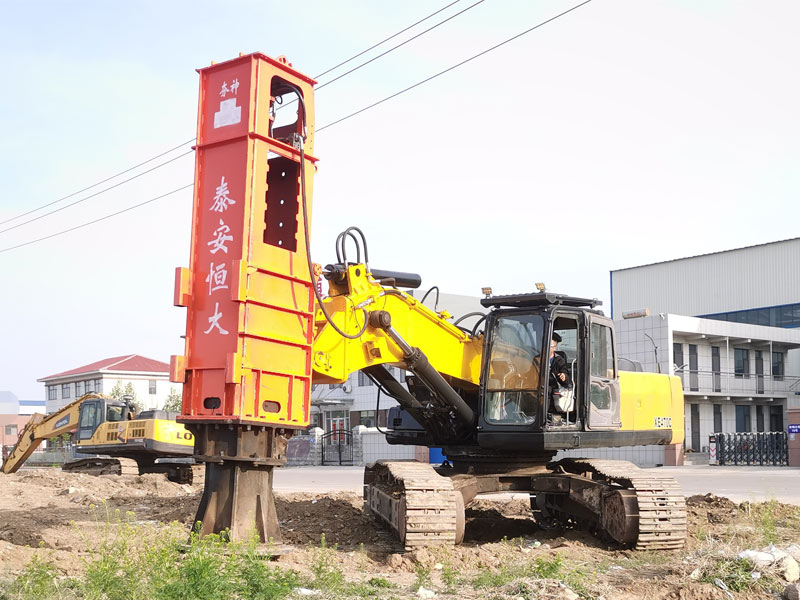The latest generation HC models in the RIC range are available with drop weights of 5t, 7t, 10t and, more recently, a 16t version has been introduced. Treatment is effective in top layers typically down to 6m depth. The latest HC model, complete with a 10t drop weight, is fitted with a new sound attenuation pack which has been designed by Hangshen to significantly reduce the noise level produced by the compactor when in operation.
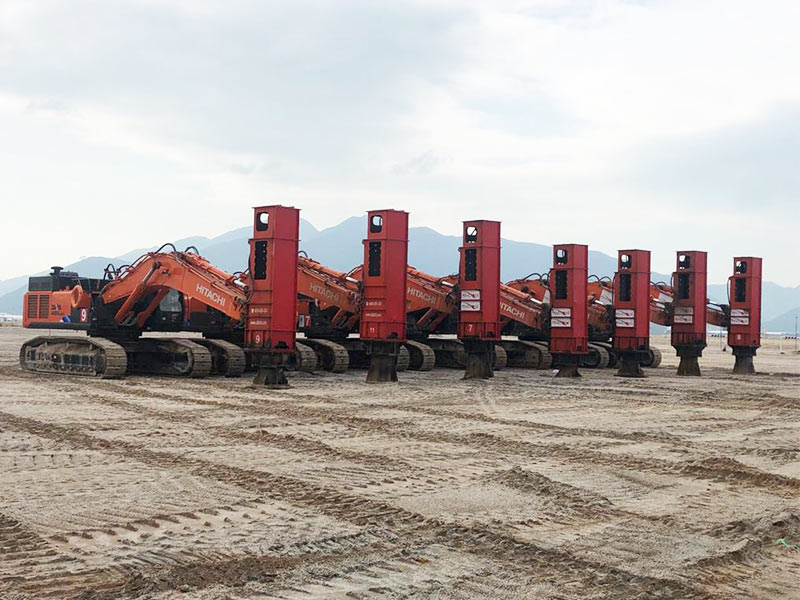
RIC increases the stiffness and shear strength of soils through the use of impact compaction effort. Specific benefits include:
Increases Standard Penetration Resistance – the standard penetration resistance (N-Values) of loose granular soil can increase significantly. In developing an RIC specification for a project the minimum target blow count for the performance required should be specified.
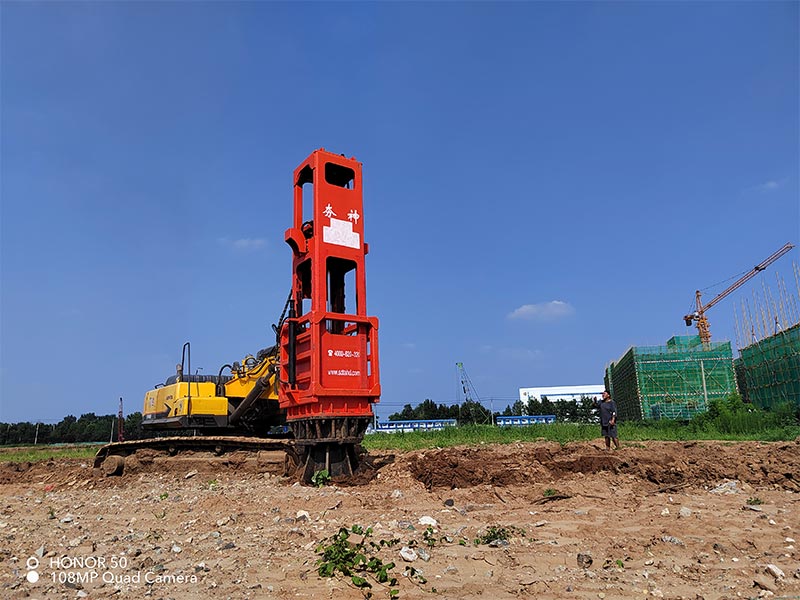
Small Buildings and Floor Slabs – RIC has been used to improve soil under 2 to 3-story building footings and floor slabs.
Replace Surcharging – Instead of using a surcharge to consolidate the soil under a static weight, Rapid Impact Compaction consolidates it immediately.
Replace Over Excavation – Loose fills or soils can be consolidated immediately without the need to replace the soil.
Improve Lateral Load Capacity for Piles – The lateral load capacity of a pile is greatly influenced by the stiffness of the upper 10 feet of soil in which it is driven. By densifying the upper layers of soil the lateral capacity is greatly increased.
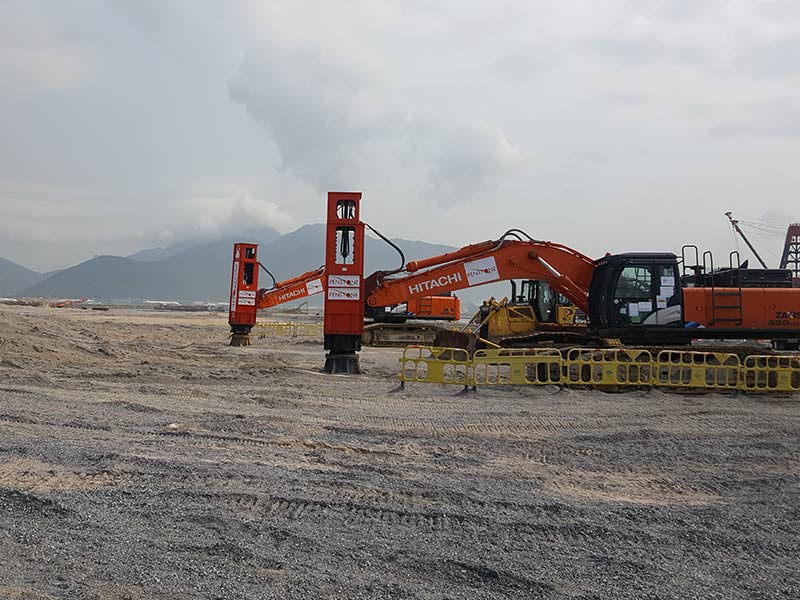
One advantage of RIC is that the drop height and number of blows can be varied based on the soil conditions. Through a test program, we will work with the Geotechnical Engineer of Record (GER) to determine the appropriate improvement criteria and RIC set-up for various areas of the site. For a site with a mixed soil profile and varying thicknesses of sand and clay, the ability to accurately control the amount of energy delivered to the ground is critical as it allows one to improve the loose overlying loose soil without liquefying the fine grained soils below – providing more uniform compaction.
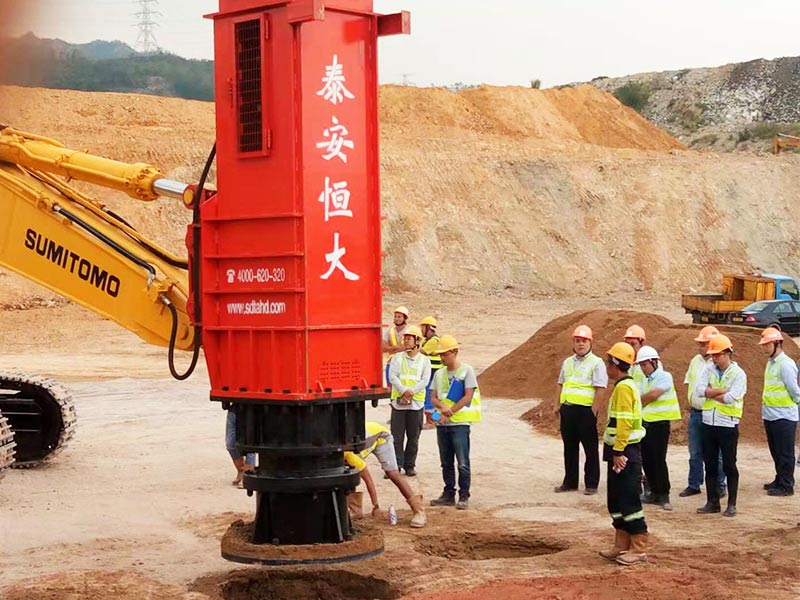
Use of RIC will result in an increase in soil density, stiffness, and angle of internal friction as measured by an increase in SPT N-value, CPT tip resistance or other means of insitu test. The recommended approach is to determine what level of improvement is desired and discuss that required improvement with your technical representative for feasibility. For example, a 2-story commercial light industrial structure is to be constructed on a site underlain by up to 10 ft of existing sandy fill soils. SPT N-values range between 4 and 8 blows per foot (bpf) in the fill. The geotechnical engineer’s correlation between SPT N-Value and soil stiffness for footing settlement analyses indicates that an average N-value in the fill needs be 10 bpf. The geotechnical engineer would perform settlement analyses using the foundation sizes and loading provided by the structural engineer to confirm that the footings will perform acceptably if the fills are improved to 10 bpf. A review of the borings logs indicates that this level of improvement is achievable with RIC. The geotechnical engineer would then complete his or her report with a recommendation that RIC be used to compact the fills in place and that an N-value of 10 bpf will be required.
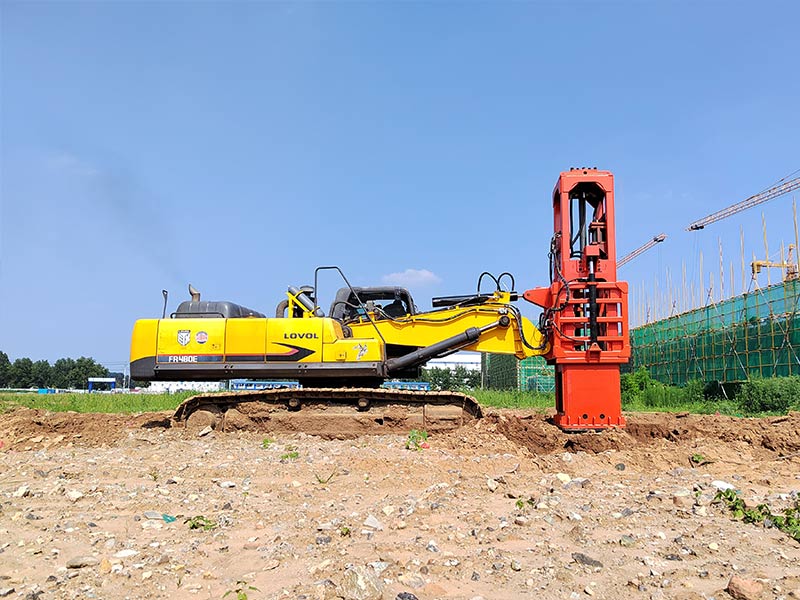
Rapid Impact Compaction (RIC) is a ground improvement technique that densifies shallow, loose and, granular soils. Soil treated by this method results in increased density, friction angle, and overall stiffness, which results in increased bearing capacity and decreased settlement of planned structures. Rapid Impact Compaction consists of an excavator-mounted, hydraulic pile-driving hammer repeatedly striking a circular plate that rests on the ground. Energy is then transferred to the ground safely and efficiently, as the RIC’s foot remains in contact with the ground, which avoids concern over flying debris being ejected. Rapid Impact Compaction densifies loose-fill soils of up to 6 m deep or more. Additional benefits of rapid compaction include: an increase of the bearing capacity of the soils, minimization of settlement, and the creation of uniform support for foundation footing. Rapid Impact Compaction is an innovative solution when compared to the time and cost of over-excavation and re-compaction.









